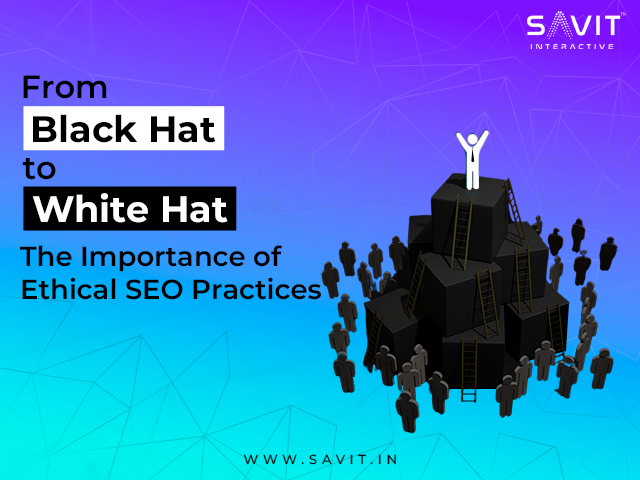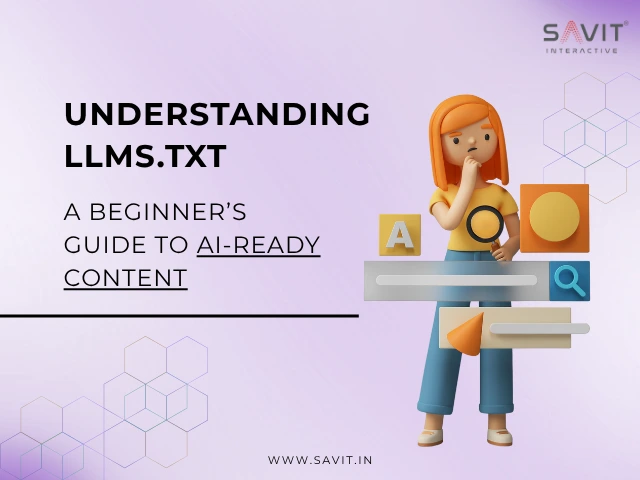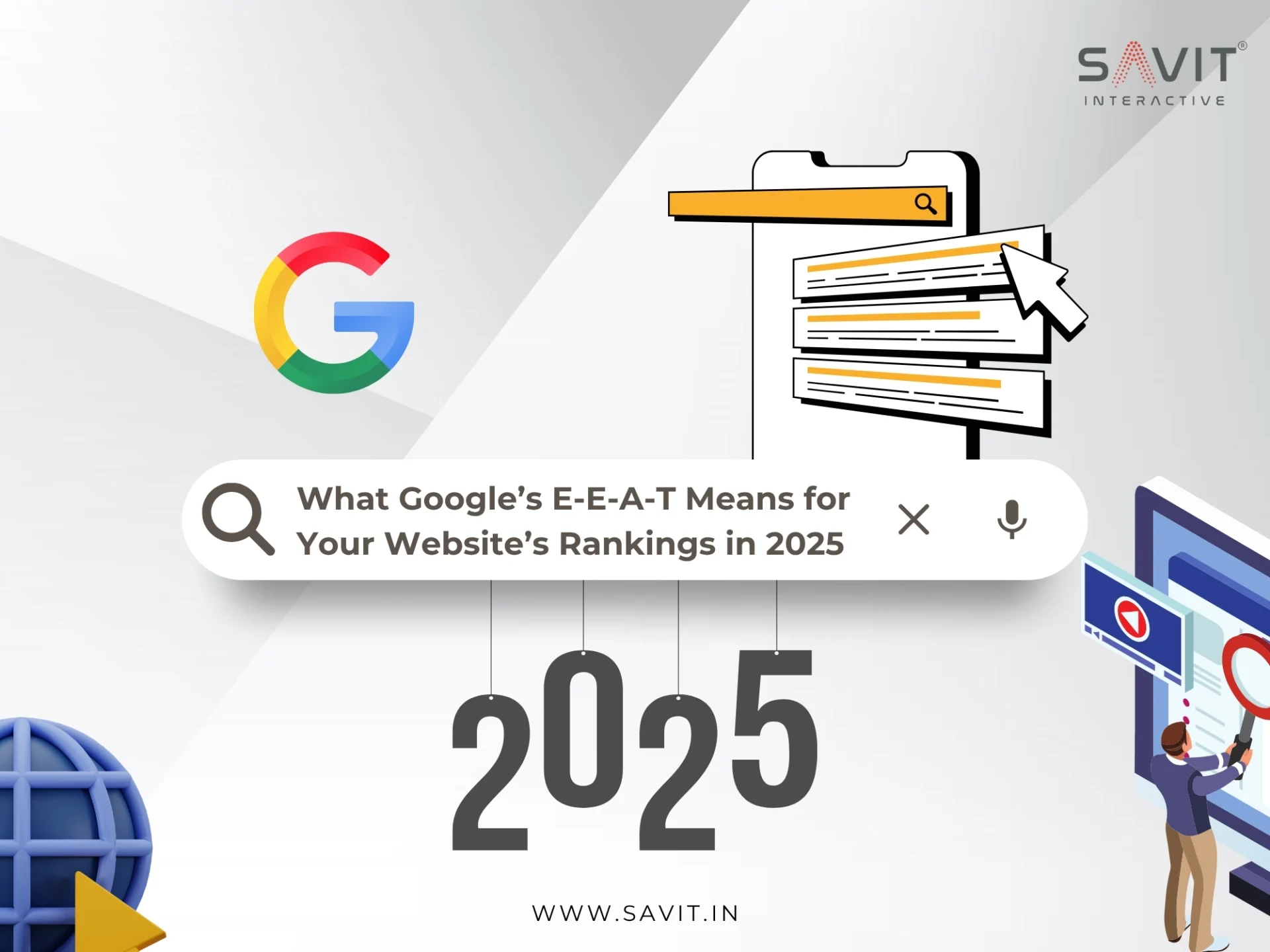It’s possible that some offices use the terms white hat and black hat search engine optimization (SEO) more frequently than others. Still, it’s crucial for every digital marketer and SEO professional to understand the fundamentals of white hat and black hat SEO in order to ensure the integrity and safety of their digital marketing strategies.
The distinctions between white hat and black hat SEO will be briefly discussed in this article, along with the benefits of avoiding black hat SEO for your website’s long-term success.
What do Black Hat and White Hat SEO mean?
White hat SEO generally adheres to suggestions made by search engines, notably Google, which continues to dominate the global search market with about 75% of the market share. White hat SEO is a technique that prioritises a human audience. White hat SEO is also referred to as “ethical SEO” at times. This is because ethical SEO practices don’t try to trick search engine algorithms or get around their rules and restrictions.
Black hat SEO is defined as “aggressive SEO strategies used by those looking for a quick financial return” and is best described as manipulation.
Some marketers continue to utilise black hat SEO because it can produce rapid results, even though it could have disastrous long-term effects. On the other hand, white hat ethical SEO practices take a longer view and focus on creating a website and online presence that will endure and withstand the test of time.
Below are examples of the various white-hat and black-hat SEO techniques.
Evolution of the Best SEO Techniques
SEO wasn’t divided into black hats and white hats when it first took off in the late 1990s and early 2000s. SEO specialists were only beginning to discover how to use particular strategies with their websites to alter how their websites were displayed in search engines. Although search engines are much more aware of and involved with the SEO community to express what is a best practice approach, it still requires a lot of experimenting, which still occurs today.
Search engines were still relatively in their infancy when SEO first began, making them more susceptible to modifications that website owners were making to their sites. Search engines weren’t always aware that modifications had occurred. The page might significantly impact the kind of information shown in search results. Search engines started to set rules and limitations for ranking webpages as SEO experts became more intelligent. Some of this data, such as the Google Search Quality Rater guidelines, is available to the public. At the same time, some of it is still unknown due to the search engines’ secretive algorithmic processes.
Google and other search engines regularly modify the algorithms and criteria used to scan and rank websites, but over the past 25+ years, SEO has changed from an “anything goes” approach to a more stringent set of rules as a result of the industry’s development. This is why white hat and black hat SEO are currently opposing fields that provide various benefits.
Best Practices of White Hat SEO:
White hat SEO refers to the foundations of SEO that any expert would be able to use and uphold. While there are various Importance of SEO to white hat SEO, here are some of the most essential components:
Website Optimisation:
Website Optimisation Organic and technical SEO are two sides of the same coin but mainly consist of what you may do as the best SEO practice in the CMS and on the back end of your website. One of these include
- Improving website speed: The load time of your website and its pages is more important than ever, especially since Google started rolling out its mobile-first index in March 2018. A faster load time can decrease your website’s bounce rate; this represents the proportion of visitors who abandon your website after only seeing one page. An indication that your website is packed with pertinent, helpful content that meets the demands of the user is a longer time spent on the site combined with reading many pages.
- Meta titles and descriptions: Page titles and descriptions that appear in search results are known as meta descriptions. This is a summary of your website, and it frequently serves as a user’s initial impression of it. The meta titles require acceptable explanations. Google will automatically pull the most recent data from a page if you don’t manually enter the meta titles and descriptions for each page on your website. As it enables you to provide a better and more precise explanation of what is on your website, it is crucial to manually alter and enhance meta titles and descriptions. The description provides the user with a “preview” of the page’s content and some basic details about their search.
- Sitemap: This XML file, which ensures that search engines can crawl and find all pages of your site, contains a simple text list of every page on your website. Most sitemaps are accessible to the public and can be found at DOMAIN.com/sitemap.xml.
These are only a few website optimisation tasks available and can be employed to improve SEO.
High-Quality Content
Since SEO Services was originally developed, content has probably changed the most. There were various ways to modify content in the early days of SEO to change search engine rankings. However, this is no longer the case due to recent algorithm updates, such as the Google Panda update that was released in 2011. The introduction of Panda devalued low-quality content. The ‘content farms’—websites that produced copious volumes of content without regard to its integrity, originality (i.e., lack of plagiarism), or user-friendliness—were severely harmed by this.
Many SEO experts interpreted this as Google taking a position against low-quality content, especially since it removed many websites from its search results that it deemed to be unhelpful. As a result, sites like About.com and EZineArticles.com are revising their standards for content quality entirely to prevent losing customers and visitors due to poorer rankings in search results.
For content to succeed in search results today, it must be of a high calibre and be helpful. For creating high-quality content, Brian Dean, an SEO specialist and the founder of Backlinko, popularised the “skyscraper” method. It focuses on analysing the content that already exists and producing superior material for a particular keyword. No matter the strategy employed, high-quality content is necessary to increase traffic and conversions over the long run.
Black Hat Techniques to Avoid:
Even if they promise a quick increase in links or traffic, black hat SEO practices and strategies should be avoided if you want your website to succeed long-term and expand over time. Black hat SEO practitioners might initially notice an increase in traffic or search ranking for their target keywords, but over time, search engines will learn about their tactics and penalise them.
Here are a few instances of black hat techniques that were popular in the early days of SEO but are now discouraged and ineffective.
Secret Links
SEO involves tracking backlinks and acquiring links from other websites, but all links must be visible on a page. Since it tries to conceal where the link is on a website, hiding links in website text or through code is strongly discouraged. Placing white anchor text on a website with a white backdrop is an excellent illustration; although consumers can’t see the links, they are still being crawled by search engines looking at the code.
Purchasing traffic or links
One method black hat SEO practitioners use to fulfill link requests is hidden links. Websites can also pay for connections or traffic in an effort to appear more popular to search engines. However, search engines will conclude that the website receiving the purchased links or traffic is also unreliable because these links are probably from a bot or low-quality resource rather than a genuine person or reliable website. This has an impact on a website’s position in search results.
Any Form of Intentional Manipulation
In essence, black hat SEO refers to any attempt to trick or manipulate search engines (rather than putting in the hard work of implementing SEO best practices or writing high-quality, useful content). This will have a negative impact on your organic SEO traffic.
Hence, Black hat SEO tactics are not recommended as they are likely to have a negative impact on your website.
Connect with Savit Interactive to get White Hat SEO services for your business website and boost your website’s ranking, improving the traffic and generating organic leads.



